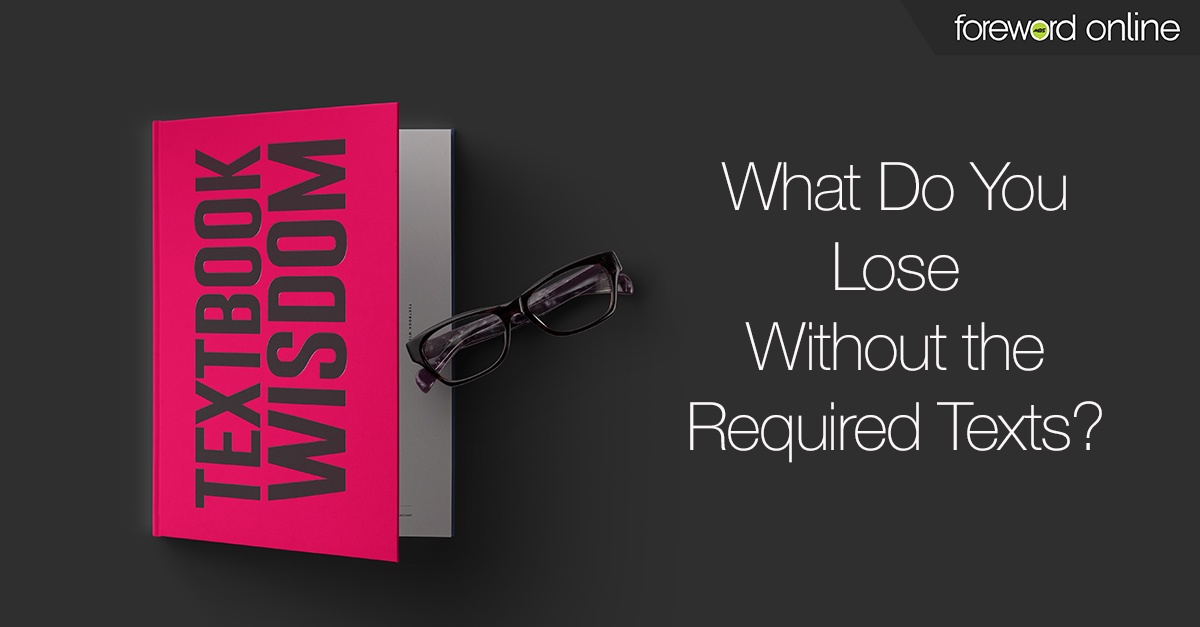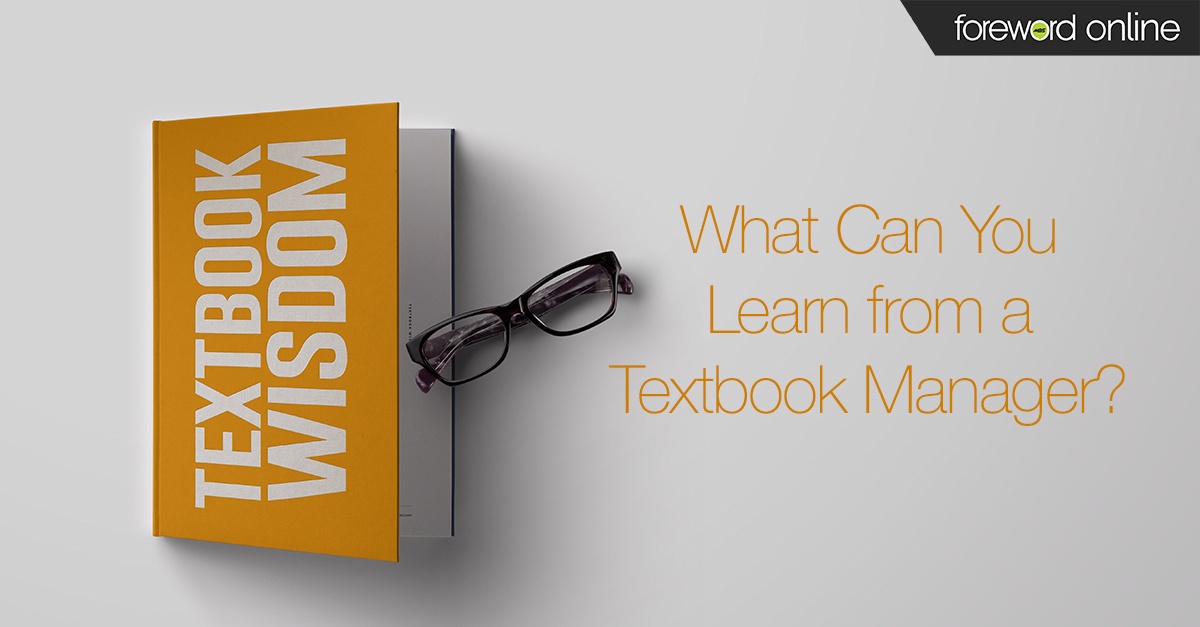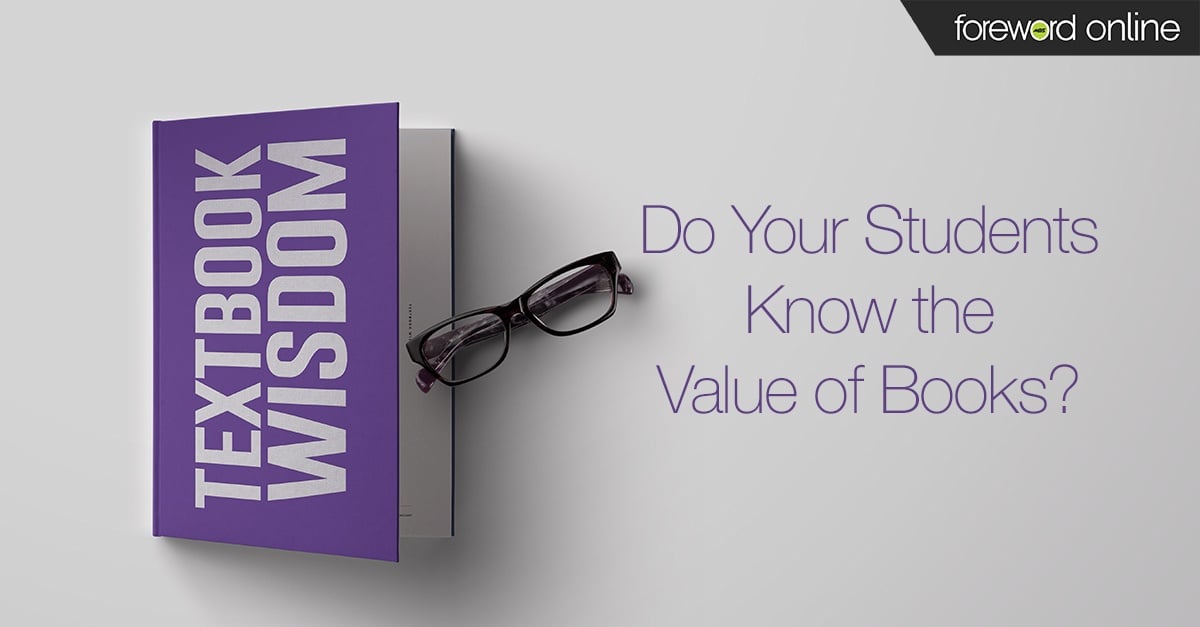Welcome to our fourth edition of Textbook Wisdom, the Foreword Online series dedicated to speaking directly to faculty about how the course material industry affects the classroom. This article explains the advantages of alternative content. Email the link to faculty — and share it on social media. Bridge the gap between educators and collegiate retailers.
The textbook industry is abuzz with talk about alternative content, but data suggests word of its advantages hasn’t penetrated the academic world. Alternative content is typically digital and it’s often composed of a combination of free Open Educational Resources (OER) and courseware — video, assessments, study questions and the like. The topic has gained currency among administrators in higher education largely because alternative content can save students money. For the budget-maestros, this means a lot: lower educational costs increase retention and enrollment, which, in turn, brings a greater influx of tuition dollars. If you need to lower institutional overhead, why not cut back on textbooks costs instead of tuition, fees — more reliable sources of revenue?
That’s one reason educators need to know about alternative content. Many states and schools are pushing for OER adoption — and that will have an impact on curricula, while possibly incurring resentment among faculty.
Most teachers I know would like to save students money, but they don’t want administrators dictating what happens in the classroom. They might rather see cuts in money spent on, say, a fabulous sports complex than on things like course materials. There is fear that such initiatives impinge on academic freedom and pedagogical choice.
Students are keenly aware of course material costs. It comes right out of their pockets. That makes course materials seem optional even when they’re not.
Sports complexes can entice prospective students more than books, but most faculty don’t regard students as consumers — at least not exclusively. Students are humans and learners first and foremost. In that way, among others, faculty sometimes clash with budget-minded administrators, and, yes, those students who approach learning with the same sense of entitlement as they approach a trip to Starbucks. How can a student learn if she operates from the view that she — like any other customer — is always right? What’s more, regarding humans as consumers (feeders) can substantially limit our understanding of ourselves, our capacities and one another.
Although pricing and consumer satisfaction may be the most interesting aspect of alternative content for budget-minded administrators, that’s not all it has going for it. If you find the right purveyor, alternative content can be a path to increasing student engagement and learning.
To start, students are more likely to buy their books if they’re not too expensive. For many, the retail cost of a new textbook is exorbitant. More students than ever fund their own education, according to the Lumina Foundation. 38% are older than 25 and 58% work while enrolled in school. If they can borrow a book or get by with only taking notes in class, then they’re likely to do it. That’s not because they don’t care about school (if they’re paying for it, they probably care a lot). It’s because they need groceries and rent money even more than a Psych 101 textbook.
A good alternative content producer vets the base material — the OER — with scholars in your discipline. eBooks from Openstax, for instance, go through the same rounds of academic critique that publishers use with conventional materials. Many alternative content providers start with Openstax as a primary source.
Courseware makes alternative content more appealing. Even if you enjoy assembling study questions and videos for classes, the built-in material can give you an excellent curation resource. If your workload includes general education courses with 100-plus students, the courseware can streamline your prep, make it easier to round out your curriculum and increase students’ engagement with the text.
Some companies offer courseware with built-in, self-graded assessments. The regular reading quizzes and the analytics can give you excellent insight into students’ individual learning progress — allowing you to adapt lectures and discussions according to their needs. These probably won’t be the only assessments you want to offer, but they can be a superb complement. Few things inspire students to read more than knowing a quiz is on the way.
The alternative content market is full of competitors, some better than others. Look for a purveyor that partners with scholars when creating the courseware and choosing the texts. Find one with high standards for selecting the OER base material.
If you think alternative content might be right for you, ask your school’s official bookstore manager which companies have the best reputation. They will likely be delighted to help.






